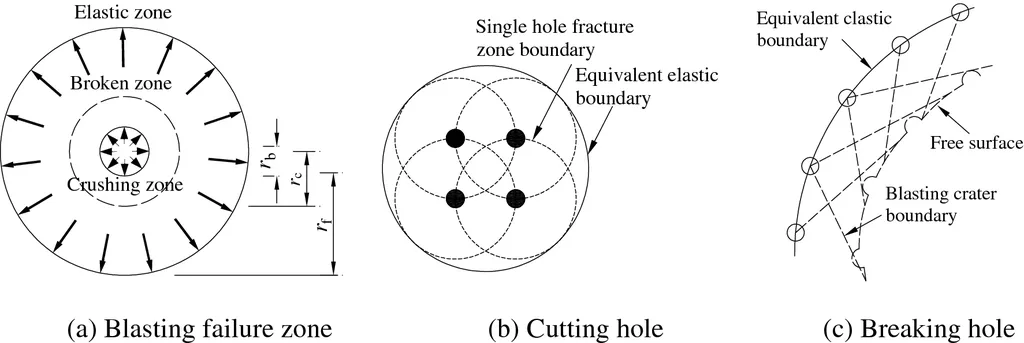In the high-stakes world of tunnel boring, where time is money and efficiency is king, a groundbreaking study is set to revolutionize the way we approach rock excavation. Researchers, led by Bowen Zhang from the College of Mechanical and Electrical Engineering at Central South University in Changsha, China, have delved into the intricate world of vibration signals generated during the rock-breaking process. Their findings, published in the esteemed journal *Advances in Mechanical Engineering* (which translates to *Advances in Mechanical Engineering* in English), could significantly impact the energy sector’s tunneling projects.
The study, titled “Vibration signal characteristics research of rock breaking by cutter under different rock types and cutting parameters,” sheds light on the critical role of vibration characteristics in determining tunneling efficiency and cutter life. By conducting full-scale experiments on red sandstone, granite, and limestone, the research team monitored vibration signals and analyzed them using time-domain, frequency-domain, and time–frequency analyses. The results revealed distinct differences in the frequency spectral structure of each rock type.
“Understanding these vibration characteristics is akin to deciphering a secret code that rocks use to communicate their properties,” said Bowen Zhang, the lead author of the study. “By cracking this code, we can optimize tunneling parameters in real-time, leading to more efficient and reliable TBM (Tunnel Boring Machine) operations.”
The research identified that the frequency spectral structure of red sandstone, granite, and limestone are primarily distributed in the ranges of 0–500 Hz, 0–700 Hz, and 0–700 Hz, respectively. Moreover, the central frequency of vibration energy distribution for each rock type was found to be a distinguishing feature. Red sandstone exhibited a central frequency of 283.88 Hz, granite at 478.14 Hz, and limestone at 567.36 Hz.
This breakthrough could have profound implications for the energy sector, particularly in large-scale tunneling projects such as those involved in hydroelectric power plants, underground energy storage, and geothermal energy extraction. By providing accurate geology information, TBM operators can promptly adjust tunneling parameters, enhancing efficiency and extending cutter life.
“The potential applications of this research are vast,” Zhang explained. “Imagine being able to predict the type of rock a TBM is about to encounter and adjusting the cutting parameters preemptively. This could lead to significant cost savings and reduced downtime, making tunneling projects more viable and economically attractive.”
The study’s findings not only offer a promising avenue for lithological recognition during TBM construction but also pave the way for future advancements in the field. As the energy sector continues to explore underground opportunities, the ability to efficiently and accurately navigate through various rock types will be invaluable.
In the ever-evolving landscape of tunneling technology, this research marks a significant step forward, bridging the gap between geological science and engineering practice. By harnessing the power of vibration signal analysis, the industry can look forward to a future where tunneling is not just faster and more efficient, but also more informed and adaptable.

